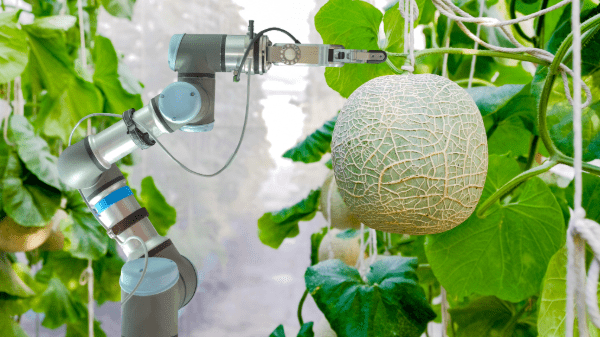Automation can be pricey, particularly for smaller operations, Thuan Ngo, vice president of data and technical services with San Jose, CA-based IT consultancy ZAG Technical Services, Inc. BB #:365534 admits, which is why it’s important to look at such changes with an eye on long-term benefits.
“The biggest challenge is for small manufacturing concerns—this applies to agriculture as well as any other manufacturing sector,” he says. “Small businesses struggle to make the capital investments needed to adopt automation and machine learning—convincing them they need to transform the way they look at the business is a challenge.”
Factory automation, Ngo points out, is an easy first step.
“The ROI can easily be determined; however, without the right strategy and partners, and without developing technical requirements, companies can end up making large investments in what end up being short-term solutions,” he cautions, noting small manufacturers can’t afford such mistakes and need the right partners to guide them through the process.
In terms of cutting labor costs, artificial intelligence can be a friend to operators who see it as “a partner and collaborator, rather than as a shortcut,” Ngo says. “Only then will individuals become reliably more productive. People who know how to manage AI systems can be as much as 10 times more productive than those who don’t.”
Ngo lists several areas where robotics have taken hold in fruit and vegetable production, including field and crop management. “Robotics will have a huge impact on the way we plant, cultivate, and harvest produce,” he predicts.
Warehouse management is another area. “As with Amazon, robots can store raw products and track temperatures and other environmental factors until ready for processing.”
Robots also can retrieve goods and feed them into the processing line when a work order is ready. “Robots have been in use for many years in forming packing cases, label application and verification, packing, and palletizing,” he says.
“We see robotics taking a more prominent role in harvesting,” he continues, “but one of the knocks on the technology, from some growers I’ve talked to, is that it can be difficult to use with crops more sensitive to damage.”
Solutions, however, are on the way. “Field robots are being trained with better vision systems,” Ngo explains.
An example is RIPPA [Robot for Intelligent Perception and Precision Application], which he says can be trained “to address pest issues without pesticides, as well as to plant and weed. Some weeding systems are mechanical, others use lasers to attack weeds, while still others pinpoint the application of herbicides for reduced waste and better environmental impacts.”
Keith Wilson, managing member at King Fresh Produce, LLC, BB #:147197 a grower-shipper in Dinuba, CA, says AI can be a cost-saving proposition on numerous levels.
“I think it’s going to give farmers more information, give packinghouses better information, and do a better job quality-wise,” he notes.
It will also take a more prominent role in harvesting. Wilson says King Fresh’s photo-optic system with infrared light can detect a minor bruise on a cherry and kick the fruit into the cull bin. “The machines aren’t perfect,” he admits, but they’ are doing their job.
This is an excerpt from the Applied Technology feature in the November/December 2023 issue of Produce Blueprints Magazine. Click here to read the whole issue.



